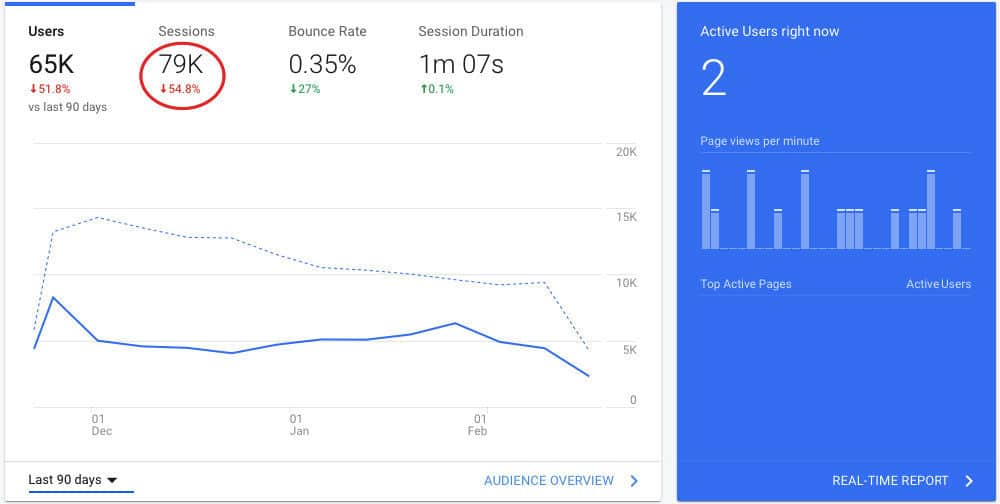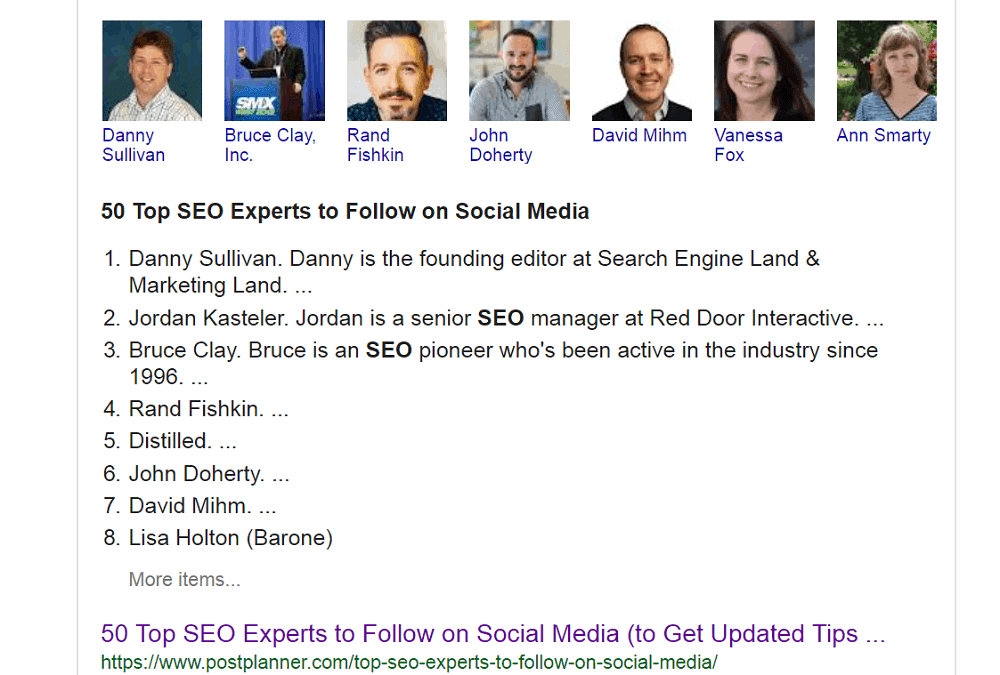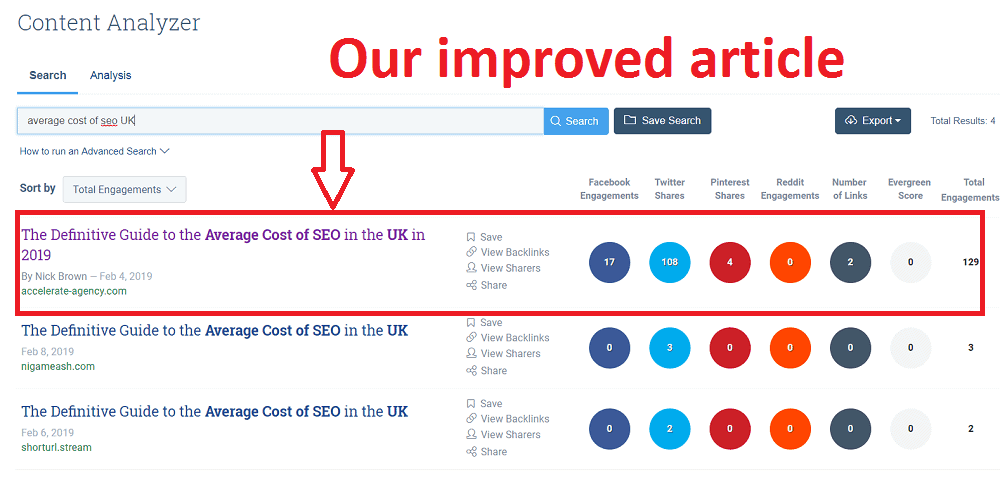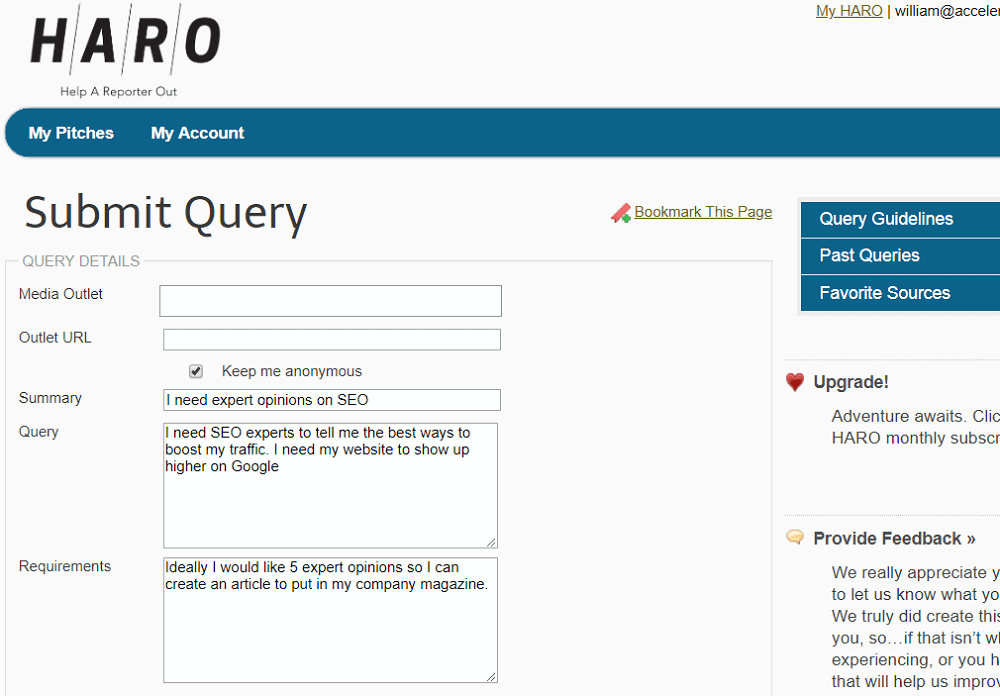9 White Hat Link Building Strategies that Can Leave You in Hot Water
Search Engine Optimisation (SEO) is far from a straightforward process. It has many strands that must all be married together to produce the best results. That leaves SEO professionals with a multitude of decisions to make. They must choose what to prioritise and which avenues they wish to explore. Please read this article for more information on how much SEO costs.
Book a Consultation
In the area of link building, one such choice is between so-called black hat and white hat strategies. If you’ve heard of black hat and white hat link building but are in the dark about what all that means, this page is for you.
We’re first going to give you a refresher on what white hat link building is and how it compares to the black hat alternative. We’ll then cover the related issue of Google penalties and what they could mean for your site’s organic traffic. That’s all before we dive into the thorny issue of white hat penalties and the nine seemingly safe strategies that might see you fall foul of them.

What is White Hat Link Building?
Chances are, if you’re reading this article you already know what link building is. The process of getting relevant and reputable websites to provide links to your own sites or pages is a staple of SEO. It is one of the best ways of gaining greater authority with Google and eventually boosting your SERP rankings.
What’s all that got to do with hats, we hear you ask. The answer to that comes from Hollywood and more specifically from traditional Westerns. In those films set in the Old West, sheriffs, marshals and the film’s other ‘goodies’ would always don a white Stetson. The outlaws, cattle rustlers and general ‘baddies’ would instead wear black ones.
That movie theme then came to be used as an analogy in the world of tech. First computer hackers and then SEO professionals would be characterised as either ‘white hats’ or ‘black hats’. White hats operated within the rules, like the goodies in the old Westerns. Black hats were a law unto themselves and broke all the rules for their own ends.
White hat SEO is SEO which sticks to strategies unlikely to invite censure from Google. It will operate within the framework of the webmaster quality guidelines which Google freely provide. Black hat SEO employs strategies that flout those rules. Black hat SEO includes keyword stuffing, cloaking and other dodgy dealings.
Link building was once a field full of black hats. SEO pros would think nothing of buying links or using private blog networks. All in an attempt to cheat Google’s algorithms. Then those algorithms got smarter and Google’s human review process got more stringent.
After that, black hat link building got very dicey. Sites employing the shady practices of black hat link building now routinely get stuck with Google penalties. Those are not easy for any site to bounce back from and should be avoided at all costs.
Google Penalties
Google algorithms and the company’s legion of human reviewers are always on the lookout for bad behaviour by websites. The search engine wants results to be helpful to searchers and not to include any dodgy or dangerous sites. That’s why they set out SEO and link building rules for webmasters and expect them to be adhered to.
If a site does go over to the dark side of black hat SEO, Google will notice. It might not happen right away, but it will happen. If it’s an algorithm that picks up on the malpractice, the offending site’s organic traffic will take a very sudden nosedive. If it’s a human reviewer, the site’s owner will receive what’s called a ‘Manual Action’. They are what are colloquially known as Google penalties.

The Manual Action will come by way of a message through the Google Search Console. That message is a sign from Google that they want the site to shape up and change its ways in short order. According to the search engine, Manual Actions are vital for all legitimate internet users:
‘Ever since there have been search engines, there have been people dedicated to tricking their way to the top of the results page. This is bad for searchers because more relevant pages get buried under irrelevant results, and it’s bad for legitimate websites because these sites become harder to find. For these reasons, we’ve been working since the earliest days of Google to fight spammers, helping people find the answers they’re looking for, and helping legitimate websites get traffic from search.’
If you receive a Google penalty you’re less likely to feel so positive about it. It will make a huge dent in your organic traffic and take loads of time and effort to recover from. That’s especially true for penalties specific to link building. These often don’t identify the particular links which triggered the penalty. Site owners must work that out themselves before submitting a reconsideration request.
It’s the fear of Google penalties that has driven most SEO professionals away from black hat SEO and link building. That’s the good news. The bad news is that you can still fall foul of white hat penalties. Those are penalties which are imposed even if you’ve genuinely tried to stick to white hat link building.
White hat backlinks achieved by what should be above-board means can still result in a penalty. Often these occur if a white hat strategy has been attempted but executed poorly. To help you avoid falling into a similar trap, we’re going to run down nine ways that you might unwittingly invite white hat penalties.
1. Guest Posting
Search out any guide to good white hat link building and it’s likely to include advice about guest posting. Writing guest posts on other sites and blogs is a generally accepted way of earning backlinks.
In of itself, it is a good example of white hat link building. If you are adding useful and reliable content to a relevant blog or forum, you’re not breaking any of Google’s rules. In fact, you’re following one of their key suggestions, by adding value to the internet.
Where guest posting can lead to white hat penalties is if you aren’t careful about where you post. It’s best to stick to high authority sites, which fit comfortably within the same niche as the page or site you’re looking to link back to. Otherwise, Google may identify the link as being irrelevant and unnatural.
What you really must do, is to avoid any sites that sell guest posting opportunities. There are lots of sites around that invite people to ‘guest post’ or to ‘advertise with them’ via a guest post. Paying for such an opportunity does provide a link – or more than one if you choose to include several in your post – but is not worth the risk. Google doesn’t like the practice at all. They will almost certainly slap you with a white hat penalty.
2. Inserting Reputable but Non-Relevant Links
Another well-worn piece of link building advice is to go back to content that’s performing well and add more links to it. If you have a great piece of content that Google clearly likes and is ranking well, it makes sense to link out from it. Internal links aren’t quite as good as external ones, but they are still very useful.
A link from your great content to another page is sure to help the organic traffic of that page. What you must avoid is crowbarring links into content unnaturally. Google does not like links that are only there for the sake of the link itself. If a link leads to a page unrelated to the topic of the content, the link is a prime candidate for a penalty.
This is perhaps best illustrated with an example. As a SaaS SEO agency, we might write a piece of content about the Google Search Console. Then say we also sell game’s consoles (we don’t). We might be tempted to use the double meaning of the word ‘console’ to pop a link to our sideline into the content. This won’t wash with Google.
3. Trading Links
In the early days of SEO link building, SEO pros would often trade links. Two high authority sites in the same niche would agree to each provide one or more links to the other. The process was known as either ‘link exchange’ or ‘reciprocal links’.
As has been the case with many SEO strategies, some less scrupulous operators took things too far. They made arrangements between sites which saw huge numbers of links being exchanged. Google was quick to recognise this.
White hat penalties are now often imposed as a result of this process. These penalties have nothing to do with the authority or even the relevance of the site providing a link. They are imposed purely because Google has recognised that the links have been given in order to get others in return.
It’s important to note that Google has no problem with sites which legitimately link to one other. News outlets, for instance, are required to cite their sources for stories. Their source might be another similar news site, who in the past may have cited them. Google will not identify such links as being unnatural or worthy of a penalty.
4. Blog Commenting
We know what you’re going to say at this point. You’re going to say; ‘hold on, isn’t commenting on blogs and including a link to your site a black hat strategy?’ The answer to that is no and you don’t just have to take our word for that.
Back in 2013, when he was still the head of Google’s Webspam Team, Matt Cutts posted a webmasters Q & A to YouTube. During that Q & A, he not only explained that blog commenting was totally fine, he even revealed that he did it himself.
As with many of our other white hat strategies, the problem comes with how you do it. Leaving a relevant and genuine comment on a high authority blog is fine. It will likely be useful to the blog’s owner and to readers if it then links to a related and informative page. Google love anything that helps users and provides value.
Where you’ll get into hot water and might get white hat penalties is if you cut corners with your comments. Spun or duplicated text in comments is a no-no. Cramming links or keywords into the space where your name should be is equally ill-advised. Those things will attract nothing but negative attention from Google.
5. Utilising the Media & News Outlets
As white hat link building strategies go, reaching out to the press and media outlets is a great one. Offering yourself up as a source for news sites, journals and blogs is a great way to get links from high authority sites. It will also help establish you and your company as experts in your field.
The best way to do it is by using a free service like Help A Reporter Out (HARO). If you sign up for that service and input your field of expertise, you’ll get emails listing reporters who need your help. You can then provide quotes or stats to be included in their work; along with a nice juicy link if you’re lucky. There’s very little danger of white hat penalties here.
There is a version of media outreach which is a lot more of a grey area. That is the world of press release submission sites. Those sites are designed as a resource for journalists to discover news from companies and organisations.
Too many companies use them in a different way. They pack their press releases with spam content and links in the hope of fooling Google. Google is not that easily deceived. Even if you use the sites correctly, Google might still view a link from them with suspicion.
6. All Authority, No Relevance
We’ve already talked a lot about getting links from high authority sites. It is those links which are like gold dust to webmasters and SEO pros. A site’s domain can give a big clue as to its authority. Sites with .edu, .org or .gov domains are great ones to try to earn a link from.
There are a few different ways you can try to get such links. You might be able to get one from your old university, for example, by writing an alumni update. A local non-profit with a .org domain might provide you with a link if you partner with them and volunteer your time or resources.
Those are white hat link building tactics that shouldn’t cause you too many problems. Where you may run into trouble is if you get too wrapped up in the idea of a site’s authority. A link from a high authority site could still invite white hat penalties from Google.
When that’s most likely to occur is if the site in question has nothing to do with your own site’s niche. Google value relevance alongside authority when it comes to links. A link from an authoritative but irrelevant site can be viewed as unnatural and invalid.
7. ‘Top’ or ‘Best’ List Article Links
Whatever your niche, there are likely to be news or blog sites related to it. Getting links from those sites is often a solid idea. If the site has good traffic and high domain authority, having a link in one of their posts can be very useful.
Things aren’t always so simple in practice. It has become apparent to many close observers of Google manual actions, that certain blog sites have increasingly been caught in the search engine’s crosshairs.
Lots of manual actions in 2018 singled out sites with lots of posts titled ‘the best’, ‘the top’ and similar. Links from those sites which overuse such list articles are now often being identified as bad backlinks.

It would seem that Google doesn’t like being told what’s the best of everything any more. This is probably due to a suspicion that such posts exist only as a vessel for links. A top three or top five listicle can easily link out to three or five separate pages, after all.
8. Online Directories & Business Listings
Companies and businesses want to be listed in online directories. It’s a way for prospective customers to find them. A listing on a directory will also always include at least one backlink. That also makes signing up for the listings a decent idea from an SEO perspective.

Being included in a business directory cannot be viewed by Google as unnatural for any website. The links gained by being included are often amongst the whitest of white hat links. White hat penalties are not unheard even for these types of link, however.
To avoid getting into hot water, check a listing or directory’s domain authority and page authority before listing with it. If those authority figures are low, it might be best to avoid the directory altogether.
If the listing doesn’t have good domain authority and/or page authority, the benefit of a link from it is reduced. What’s worse, it may be a sign that the site is a little dodgy or shady. A link from that kind of site won’t impress Google at all.
9. Shaky Skyscrapers
The ‘Skyscraper Technique’ is very much in vogue right now. It’s a content creation technique favoured by SEO pros for link building and boosting page rankings. The general idea is that you research content that’s performing well on Google and then write your own, better version.

Most reputable SEO advice blogs and websites will have talked about the technique in depth. It was Backlinko’s Brian Dean who first devised it, and he probably explains it best. It’s generally agreed that the technique is effective and that it falls within the boundaries of white hat link building.
Shaky implementation of the technique is what can leave you open to white hat penalties. Morally it’s never good to simply rip off somebody else’s content. In SEO terms, it can also be damaging.
Google does not like duplicate content. If you write an article or page that lifts text and phrases from an existing piece of content, their algorithms or reviewers will notice. That will lead to a manual action or an algorithm penalty and a sharp decrease in organic traffic.



